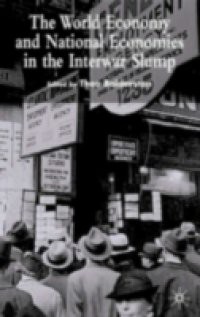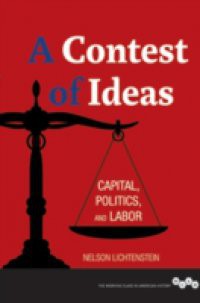In this book an international team of economists and economic historians discuss the relationship between the gold standard and the Great Depression in North America, the UK, France, Germany, India and New Zealand. This reveals a fascinating interplay between the diverse national economic historiographies and the analysis of the Great Depression principally associated with Barry Eichengreen and Peter Temin. The case studies imply that the 'golden fetters' binding the minds of interwar policymakers constituted a more powerful 'deflationary bias' than the actual reserve flows under the gold standard. However a counterbalancing chapter on the Soviet Union challenges the idea that the autarkic alternative was superior. Theo Balderston's introduction explores the relationship between the gold standard and the reparations conflict in worsening the Great Depression. Eichengreen and Temin themselves contribute a stimulating Afterword with a counterfactual analysis partly challenging that of the Introduction.




















